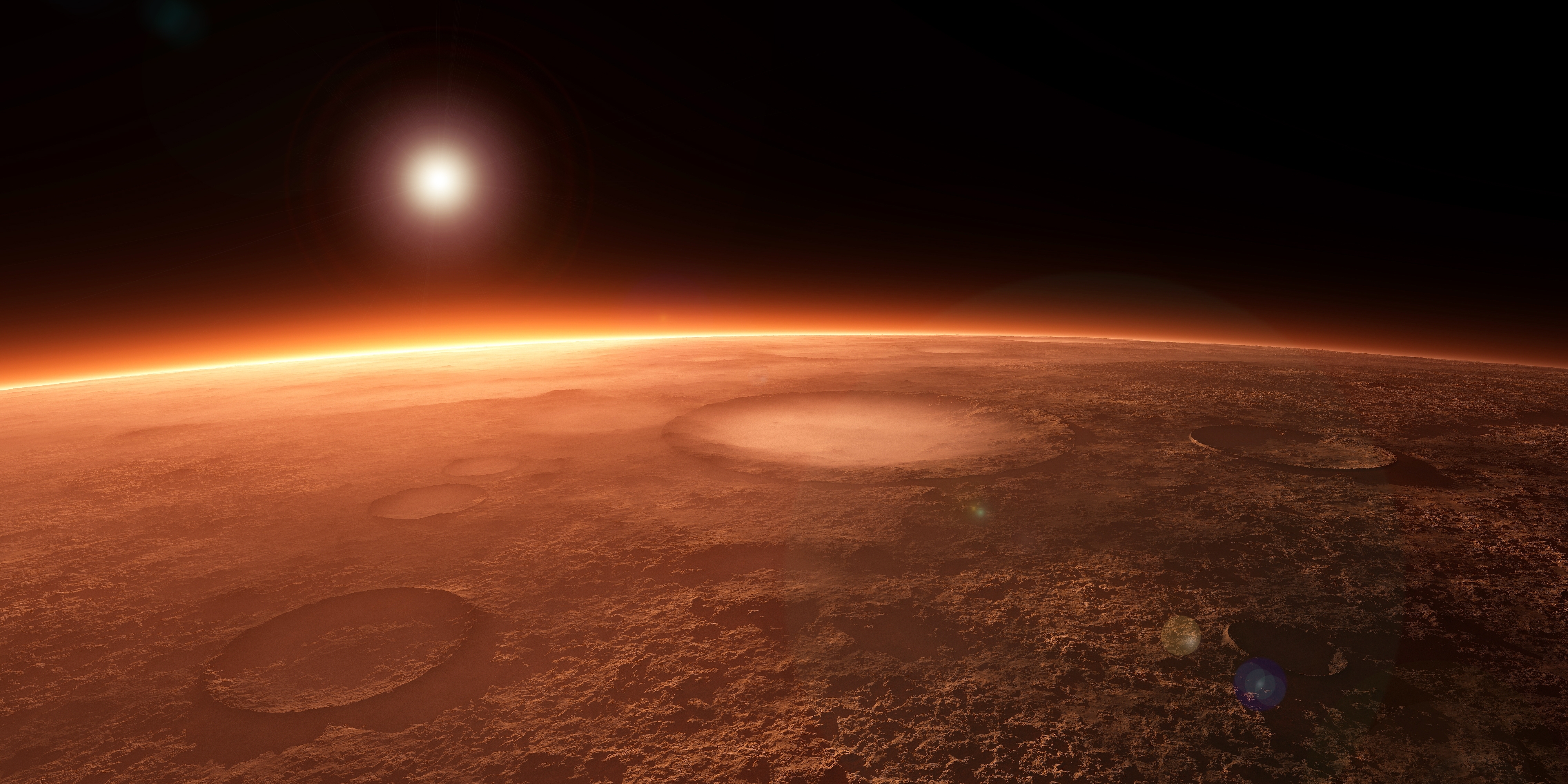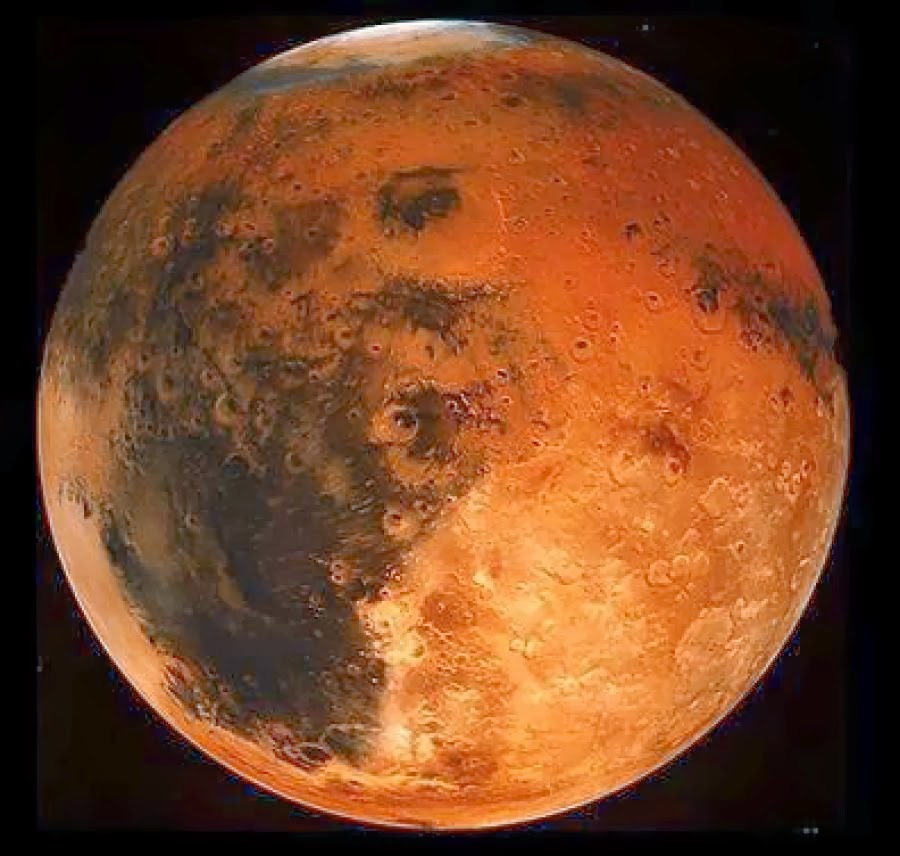
Read more about Pluto, Mars and other space news here.įor more in-depth articles and photo essays, go to:. It was the first to get close to the planet from earth, said Dr Zurek, "and we expect there will be people on Mars before we celebrate the 100th birthday of those first photos." Mariner 4 opened up a new way of exploring the planets. As ever with a space race, funding will be key as to who succeeds.īut thanks to the process kick-started by Mariner 4, it is just a question of when. Nasa wants to send a manned mission by the 2030s, while the Mars One project is in the process of signing up and vetting volunteers for a one-way trip to the iconic red planet within 20 years.
MARS IMAGES FULL
How it works: include bringing samples from Mars back to earth, where they can be analysed with the full capacity of equipment at base, and monitoring temperatures below the planet’s surface.īut the real objective is getting humans onto the planet. This is how I quickly got my bearings and picked the safest target in the last three minutes before touchdown. You’re looking at the real deal images I used to make my pinpoint landing. NASA also just released another take on the second half of Perseverance's "seven minutes of terror," this time shown from the viewpoint of the cameras involved in the terrain-relative navigation technique: Analysis shows it's basaltic either it's an igneous rock or it consists of fine grains of igneous material that were cemented together in a watery environment. NASA / JPL-Caltech / LANL / CNES / CNRS / ASU / MSSS RMI took this close-up of "Máaz" on March 2, 2021. NASA / JPL-Caltech / LANL / CNES / CNRS / ASU / MSSS Perseverance's Navigation Cameras and Mastcam-Z instrument simultaneously took images of the same area to provide multiple views of the rock target. The target is 3.325 meters (10.9 feet) from the rover, and each image shows a field of view 6.2 centimeters (2.5 inches) in diameter. Combining two images, this mosaic shows a close-up view of the rock target named "Yeehgo," taken by SuperCam's Remote Micro-Imager on March 7, 2021. (These are alternative spellings of Máaz and Yéigo, Navajo words meaning "Mars" and "diligent.") The terms provide a common nomenclature for the mission team, and they come from collaboration between NASA and the Navajo Nation's administration. Among the first targets for analysis are rocks dubbed Maaz and Yeehgo. Without the need to position the rover or its robotic arm, the RMI can take images quickly from afar. SuperCam, mounted in the head of the rover, is actually five instruments in one, designed to investigate rocks' chemical composition. Two additional black-and-white images were shot from a different camera. A color camera aboard Tianwen 1 snapped this lower-resolution picture of Mars's north pole. The remote-sensing suite includes a rock-zapping laser three types of spectroscopic instruments, which investigate rocks' minerals and molecular structure and directly search for organic materials and the Remote Micro-Imager (RMI) based on the ChemCam aboard Curioisty but now in color. China's Tianwen 1 spacecraft is gradually activating its seven instruments, including a color camera that shot the image of Mars's north pole. Meanwhile, NASA's Perseverance rover is in the midst of checking out its instruments one at a time, collecting amazing imagery along the way.Īmong the instruments undergoing health checks is SuperCam, a "Swiss Army knife" of five instruments mounted on the rover's head. The latest was released on Tuesday: This video frame shows an image taken by United Arab Emirates' Hope probe from 13,000 km above the surface.Įmirates Mars Mission / EXI Perseverance Flexes Its Arm - and Zoom-in Cameras Meanwhile, the United Arab Emirates' Hope probe has already returned hundreds of images from its wide orbit around Mars, though they're not all publicly available. A different camera aboard Tianwen 1 imaged a region of Mars in high-def, capturing details as small as 7 meters (23 feet) across.ĬNSA The two black-and-white images were taken from an altitude of 330 to 350 km.

The 240-kg, solar powered rover is set to explore its landing site for about three months following its landing, expected in May or June. The mission is scouting out a landing site for the still-unnamed rover carried on Tianwen 1. While the China National Space Association did not specify which location the black-and-white camera had imaged, the organization did release a statement saying that the orbiter is mapping the southern region of Utopia Planitia and investigating its weather patterns. Unlike the color shot, these are in high-def, resolving features just 7 meters (23 feet) across.

Tianwen 1's Images Mars in High-defĬhina's Tianwen 1 spacecraft is gradually activating its seven instruments, including a color camera that shot the image of Mars's north pole. Now that three missions have arrived at Mars, we're seeing many first returns, including images that highlight the Red Planet's beauty from outside and within.


 0 kommentar(er)
0 kommentar(er)
